Multi-user buildings on SYK campuses
Lappeenranta, Verso
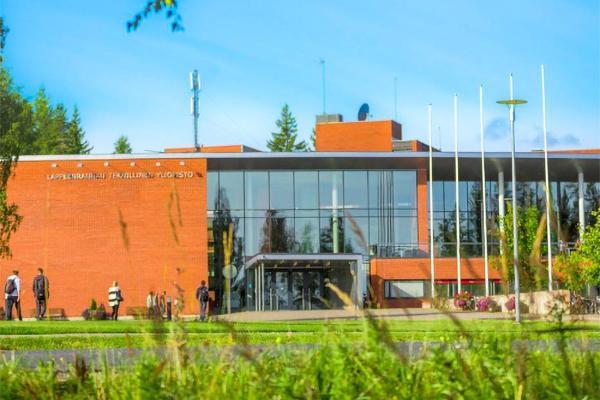
Turku, Medisiina D
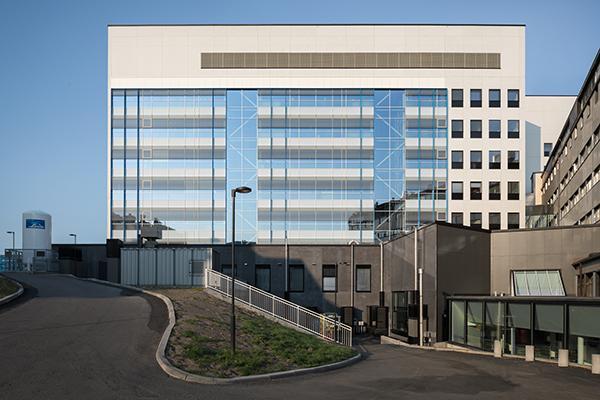
Tampere–Kauppi, Arvo
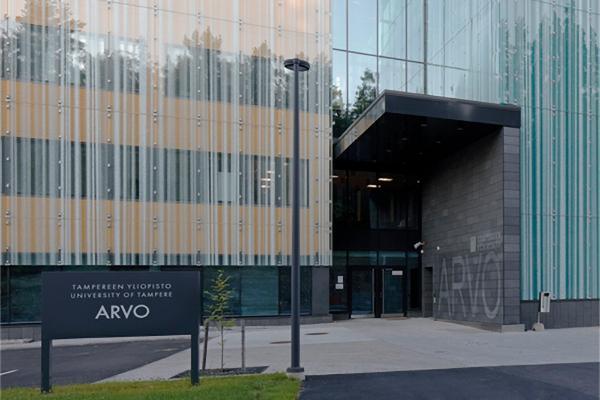
Tampere–Hervanta, Kampusareena
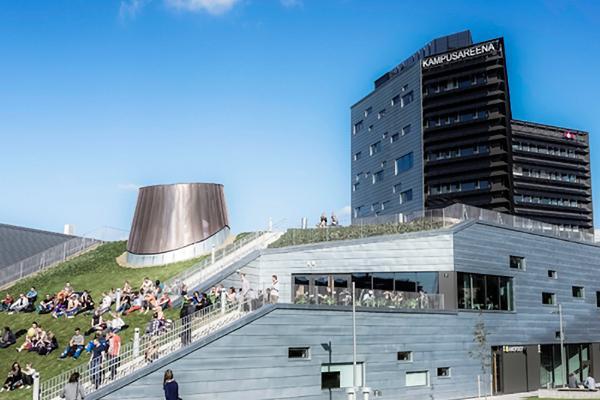
Oulu, Linnanmaa
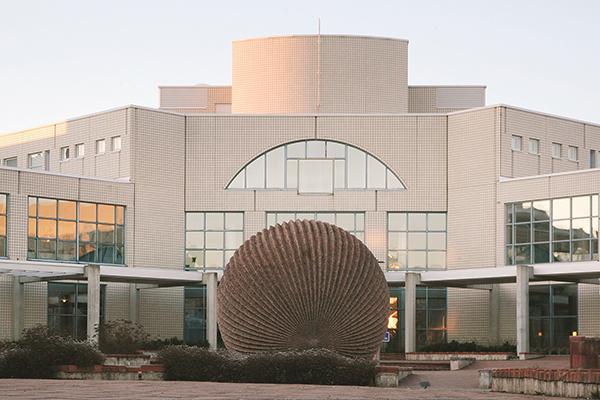
Our operating environment is undergoing major changes
Our business takes place entirely in Finland. However, our business environment is becoming more international due to the diversification of the customer base and new customers entering campuses.
As recently as in 2010, all of our premises were rented out to universities. Now that the universities have managed to improve the efficiency of their use of premises, we have succeeded in finding new users for this premises being vacated. In 2019, non-university customers accounted for 11 per cent of our total revenue.
Campuses have become multi-user environments where businesses operate alongside universities. We develop services and business cooperation to make campuses increasingly vibrant and attractive. Among other things, a private day-care centre and the Southern Hervanta pre-school and basic education facility of the City of Tampere have been established at the Hervanta campus in Tampere. In turn, there is a private day-care centre, a primary school and a secondary school at the Skinnarila campus of the LUT University in Lappeenranta. The upper secondary school at the central campus in Tampere is an example of secondary-grade education. In more and more cities, the universities of applied sciences have also been established at the campuses, for example in Lappeenranta, Turku, Oulu and Kuopio. The joint Linnanmaa campus project of the university and the university of applied sciences in Oulu will provide facilities for 5,000 new university of applied sciences students.
The campuses of the future will be livelier throughout the year and around the clock. We cooperate with municipal decision-makers to promote the zoning of new types of areas that combine schools of different levels as well as housing and services.
As the campuses of the future will be home to a more diverse range of operators with different needs, they need to have the capacity to offer flexible premises and services to suit the needs of their tenants and users. We invest in designing and building flexible and adaptable premises.
“There is growing interest in university campuses among universities of applied sciences and other education institutions.”
Several levels of education on campuses
More and more primary schools, upper secondary schools and universities of applied sciences are interested in relocating to university campuses where they can operate in close collaboration with other on-campus operators.
The current trend appears to be dividing Finland’s university cities into three categories. There are cities that have a university of applied sciences but not a university. The second category consists of cities that have a university and a university of applied sciences that operate separately from one another. The third category is cities where a university and a university of applied sciences operate in close collaboration on the same campus.
Our aim is to develop our campuses towards the latter category, as we believe that is the way to achieve the best results and increase the attractiveness of the region in question. We strive to make a positive contribution to regional development by creating attractive environments and properties.
Property renewal
Digital solutions can enhance the use and maintenance of premises. Combining data from various sources and using automation facilitates, among other things, the further development of properties, the improvement of the user experience and the optimisation of energy consumption.
Changes in teaching methods and supporting diverse forms of learning require not only traditional lecture rooms but also space for meetings and collaboration. With this in mind, we design our classrooms and lecture halls to be flexible, adaptable, versatile and capable of activating students. We also utilise spaces such as lobbies, corridors and restaurants as learning environments.
Responsibility plays a major role
We are continuously improving our sustainable development actions and reporting. Our aim is to take an increasingly active role in business responsibility. We develop measurement opportunities at our properties and work as an active partner to our customers. Going forward, we aim to distribute more and more information on environmental issues at our buildings to increase the users’ awareness of their own impact. We report on sustainability in accordance with the GRI Standards.
International operating environment
The internationalisation and multiculturalism of campuses are evident in many ways, and we also take it into account in the design of our premises. Finnish and foreign exchange students and degree-seeking students, researchers and instructors all provide us with valuable insights to support the development of our future service offering.
As a company, the reach of our actions extends beyond our campuses. Members of the SYK organisation are active in many international forums. Our research and development projects include cooperation with, among others, European and Nordic campus developers and R&D units. We also participate actively in international seminars.
Resource-efficient construction
When planning new construction and renovation projects, we determine the customers’ spatial needs and take a long-term view to ensure that we can implement resource-efficient solutions. We reflect the construction operations on campus strategies that we have drafted in cooperation with the universities for each area. Our goal and, as a rule, the ideal solution is a multi-user campus that supports the efficient use of premises and optimises costs for all parties concerned.
The pull factors of campuses include top-level research, a large number of people and the capacity to bring together visionaries of the future. On-campus premises can be utilised in more versatile ways e.g. for teaching and business.
In construction activities, we make extensive use of lessons learned from BREEAM procedures and apply the Healthy House programme. The criteria for implementing a Healthy House include implementation guidelines that document the key requirements concerning design and construction for achieving a functional and healthy building that meets the relevant indoor air quality standards. At SYK, these considerations are documented in detailed guidelines and instructions that must be followed in all of our construction projects. The goal is to minimise the potential negative impacts of construction activities and achieve close cooperation with stakeholders by engaging the future users of buildings during the project processes.
Latest changes in the operating environment
In the spring 2019, there was a change in our operating environment when we sold the real estate properties at the Palosaari campus in Vaasa to Vaasan Merikampus Oy, a joint venture of the University of Vaasa and the City of Vaasa. The transaction involved three properties in Vaasa’s Palosaari campus and a 13 percent share of the real estate company based at the campus. The total area of the properties sold is approximately 63,000 m2. They have eight buildings whose net floor area is approximately 30,000 m2. The subject of the transaction represented approximately 2.5 percent of the University Properties of Finland Ltd’s total property assets. The University of Vaasa continues to be one of the shareholders of SYK after the transaction was completed.
